I'm pretty much a beginner at programmatically formatting R output, but I've got a basic understanding of knitr, xtable, Markdown, and Pandoc's ability to convert one markup format to another. What I want to do is write an R dataframe df to an HTML table, and apply a particular color to each row that meets a condition (e.g., df$outcome == 1). However, I'm not sure which package would accomplish this in a simple and efficient way, but from browsing a few table formatting threads (xtable thread 1, xtable thread 2, kable documentation 1), I've gathered that kable and xtable might be capable of accomplishing my desired result.
To clarify, here is my reproducible example (using xtable, but am interested in an answer using kable or another package as well):
set.seed(123)
df <- data.frame(id = sample(1:100, 20, replace = TRUE),
inputval = sample(seq(0, 1, by=0.01), 20, replace = TRUE),
outcome = sample(1:4, 20, replace = TRUE))
library(xtable)
dfxt <- xtable(df)
knit2html(input = "~/rowcolor_ex.Rmd",
output = OUTPUTHERE
stylesheet = "STYLESHEET.css")
withknit2html referencing the file named "rowcolor_ex.Rmd", shown below:
```{r,echo=FALSE,results='asis',warning=FALSE,message=FALSE}
print(dfxt,
type = "html",
include.rownames = FALSE,)
```
I understand that if I'm to use xtable, I'd include one or more arguments after the print(dfxt, part of the function call in the Rmd document, and this thread shows the add.to.row argument that makes sense for type = "latex", but it isn't clear how the code would change for HTML output. Also, I'm not sure if referencing a CSS stylesheet in knit2html would override the HTML table's formatting.

